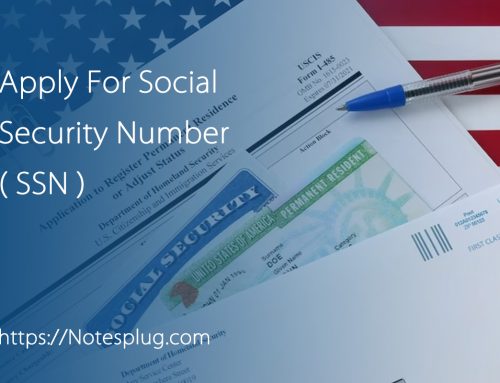Counterfeit money, also known as fake money, is a major problem for economies all around the world. Counterfeiters are becoming more and more sophisticated in their methods, and as a result, it is becoming increasingly difficult to detect counterfeit money. This has serious implications for businesses and individuals who rely on cash transactions as well as for governments who must maintain the stability of their currencies. In this article, we will explore the issue of counterfeit money and its impact on the economy.
Counterfeit money is produced using a variety of methods, from simply printing bills on a computer printer to using more sophisticated techniques such as offset printing or intaglio printing. The materials used to create counterfeit money can also vary, from regular printer paper to high-quality cotton paper similar to that used for real currency. Some counterfeiters even go so far as to create fake holograms and watermarks to make their money look more authentic.
The impact of counterfeit money on the economy is significant. For businesses, accepting counterfeit money can result in significant losses, as they are unable to deposit the fake currency in banks and must instead absorb the loss themselves. This can lead to decreased profits and in some cases, bankruptcy. For individuals, receiving counterfeit money can be devastating, as they may unwittingly pass the fake currency on to others and ultimately be left with nothing.
In addition to the financial impact, counterfeit money also has serious implications for the stability of a country’s currency. When counterfeit money is circulated in large quantities, it can devalue the real currency and cause inflation. This can lead to a loss of confidence in the economy, which can have a ripple effect on other industries and ultimately lead to a recession.
To combat the problem of counterfeit money, governments and businesses around the world have implemented various measures to detect fake currency. These include using special inks and papers that are difficult to reproduce, incorporating holograms and watermarks into bills, and implementing security features that are visible only under UV light. In addition, businesses are encouraged to educate themselves on how to identify counterfeit money and to implement strict policies for accepting cash transactions.
In conclusion, counterfeit money is a serious problem for the global economy. The impact of fake currency can be devastating for businesses and individuals, and it can have far-reaching implications for the stability of a country’s currency. It is essential that governments and businesses work together to combat counterfeit money by implementing strict security measures and educating the public on how to identify fake currency. Only by working together can we ensure the integrity of our currencies and maintain a stable economy.






Leave A Comment